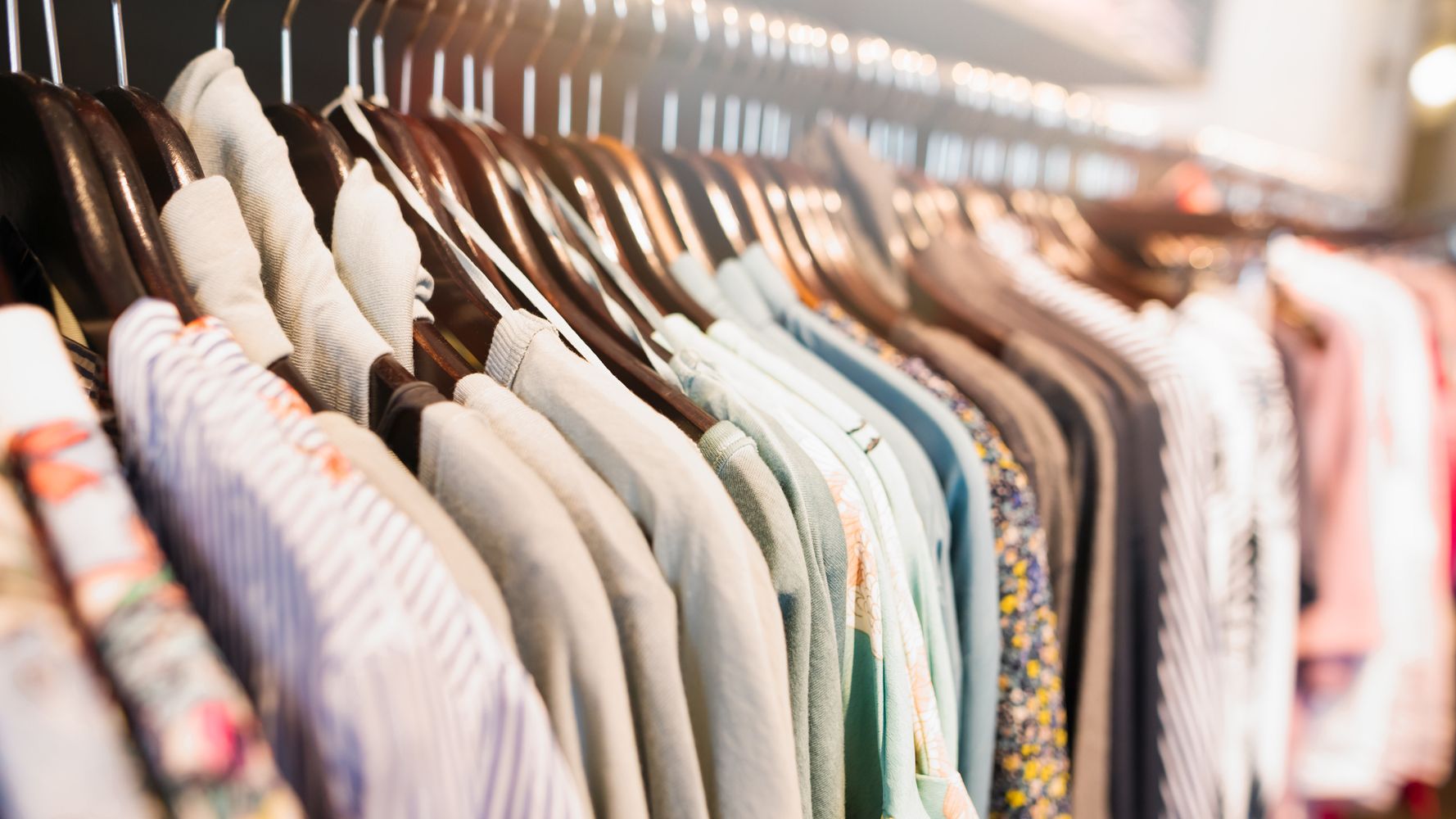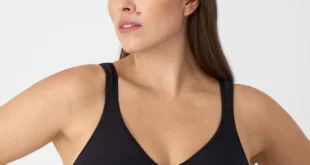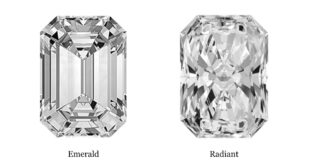Mordor Intelligence, a US-based firm for market research and analysis, reports that the estimated cumulative annual growth rate (CAGR) for cotton consumption across the globe will be 3.1% between 2019 and 2024. The largest and fastest-growing cotton market is the Asia-Pacific.
Bangladesh, China, India, and Pakistan account for more than 65% of the total cotton consumption in the world. However, Uzbekistan and Vietnam have shown a remarkable rise in their cotton consumption in recent years.

The hemp fiber market has a higher projected growth rate at 5.2% CAGR during 2019-2024, says a recent announcement in Marketwatch. The market value of hemp fibers will grow from an estimated US $190 million in 2019 to US $260 million in 2024 according to a new study.
Are there specific reasons behind the growing popularity of hemp fibers? As it happens, there are many. Hemp as a crop has several advantages over cotton and so does hemp fiber. We present some critical information on the differences, based on rigorous secondary research.
The Water Footprint Angle
High levels of water consumption and water wastage have become serious concerns in recent times as the groundwater level across the globe is decreasing. Sustainability demands that we proactively look for transformations that will save water. Reducing our dependence on cotton and switching to hemp is one such move.
A research paper from the University of Twente, the Netherlands, mentions that hemp requires less than one-third of the water that cotton needs. The water requirement for growing one kilogram of cotton is 10,000 liters. One kilogram of hemp needs only 2,719 liters of water.
Other Growing-Stage Aspects
A 2018 article in Medium mentions that the fiber yield of hemp per hectare is 200-250% more than that of cotton. Cotton Associations from Australia and India put the average global cotton yield per hectare at 775 kilograms. That translates to 691 pounds per acre.
In sharp contrast, the average fiber yield of hemp per acre is two to three tons. Also, hemp is naturally resistant to pests, so that no pesticides are necessary. One of the major environmental concerns with cotton farming is the high usage of pesticides involved.
Cotton’s huge water and pesticide requirements lead to considerable soil erosion. Hemp, on the other hand, is known for its soil-conserving properties. That is one of the reasons why farmers since ancient times have used hemp as a rotation crop in between other major crop farming.
Experts argue that hemp farming needs to emerge as an essential feature of sustainable development. That is how strong the eco-friendly properties of hemp are.
The Versatility Factor
Cotton fiber has many uses. Cotton fibers take care of an entire range of fabrics: from corduroy to velvet, from bed linen to bath towels. Army fatigues get made out of cotton. So do a number of industrial products such as tents and tarpaulins.
Cotton fibers also get used for coffee filters, in bookbinding, archival paper conservation, and making fishnets. Hemp, however, beats cotton hands down in the versatility aspect also. Line fibers from hemp can produce a fine quality fabric that matches linen in its feel and look.
Coarser hemp fibers, known as tow, can match cotton item by item in the making of bags, carpets, shoes, and so on. You can make tent material and tarpaulin from hemp fabric as well. However, hemp fibers have other uses that cotton fiber does not.
Coarser hemp fibers can supplement jute in making sacks. You can also make twines and ropes from hemp fibers. It is possible to make bioplastic from hemp fibers and address increasing concerns about the pollution caused by traditional petrochemical-based plastic.
The pulp residue from hemp fibers can be used for producing paper. The earliest sample of paper available in China is hemp paper. The first drafts of the American Declaration of Independence were also written on hemp paper.
Banknotes, cigarette paper, and filter paper still use hemp paper. Cotton pulp also yields paper, but all the problems associated with cotton production infringe upon cotton paper production also. The benefits of growing hemp instead of cotton are similarly applicable to hemp paper production.
Hemp fibers made the canvas used for ship sales since much before cotton emerged as a major fiber crop. A fun fact in this context: the term canvas derives from cannabis. Wondering what that has to do with hemp?
Hemp belongs to the same plant species as the drug cannabis or marijuana: Cannabis Sativa L. However, hemp does not have the psychotropic properties of its narcotic cousin because of a crucial difference in the chemical composition of the two plants.
Tetrahydrocannabinol (THC), the substance with psychoactive properties, is present in high concentrations in cannabis: 7.5 to 10 percent or higher. Hemp has 0.3 percent or less of THC. The multifaceted hemp had to go out of circulation for nearly a century as this vital difference got overlooked by omission (or commission, according to many).
Now that hemp farming has been decriminalized in several countries of the world, the US included, let us examine the advantages of its fibers.
Comfort and Durability
Both the cotton and hemp clothing are remarkably comfortable, especially for hot and humid tropical weather. Fabrics made from both fibers have high breathability. Fabrics derived from both fibers grow softer with every wash and prove more comfortable to wear for all skin types. However, hemp fabric beats cotton when we consider durability.
A 2005 article in the Journal of Textile and Apparel, Technology and Management mentions that hemp is the strongest natural fiber ever produced, with remarkably high tensile strength. Natural resistance to pests and mold makes hemp fabric even more durable. Because of these properties, hemp fabric outlasts cotton ones easily.
One special hemp fabric over cotton is that hemp can block, ultraviolet (UV) rays completely. When you wear clothing made of hemp fabrics, you protect your skin from the harmful, cancer-causing UV rays of the sun. Cotton, in contrast, has poor UV blocking capacity.
Water Wicking and Other Capacities
Cotton certainly scores over hemp fabric in its water-absorbing capacity. Hemp fabrics have high breathability, but cotton fabrics are more breathable. Cotton can also absorb body odor while hemp cannot. However, hemp fabrics have anti-bacterial properties that cotton lacks.
Apart from the durability, the natural resistance of hemp fibers to molds and fungi means they are better for your skin. Cotton fabrics, in contrast, invite mold and fungi to grow. Cotton, as it happens, is really a delicate material, that does not respond well to machine wash either.
Hemp fabrics, on the other hand, are remarkably sturdy with 78 percent cellulose. Machine washing will not wear them out easily.
But hemp, like linen, wrinkles more easily than cotton. However, that hasn’t diminished the desirability of linen, which is considerably costlier than cotton. It is not illogical to argue that with due promotion, hemp fabric will also be equally coveted.
Especially if due importance is attached to ridding hemp of the narcotic property wrongly assigned to it.

Celebrity Endorsement for Hemp Fabric
The good news is that the sustainability of hemp fabrics has the support of a number of celebrities from tinsel town to the world of sports. Emma Watson and Michael Fassbender from Hollywood are two stars who never miss a chance of promoting apparel made of hemp fabric.
Bob Burnquist, the internationally famous skateboarder, has been using shoes made of hemp fibers for some time now. However, we need to acknowledge this before we sign off: No matter how much people debate about the comparative advantages of cotton and hemp fibers – they blend really well to produce exceptional fabric for clothing.
 Lifeyet News Lifeyet News
Lifeyet News Lifeyet News





